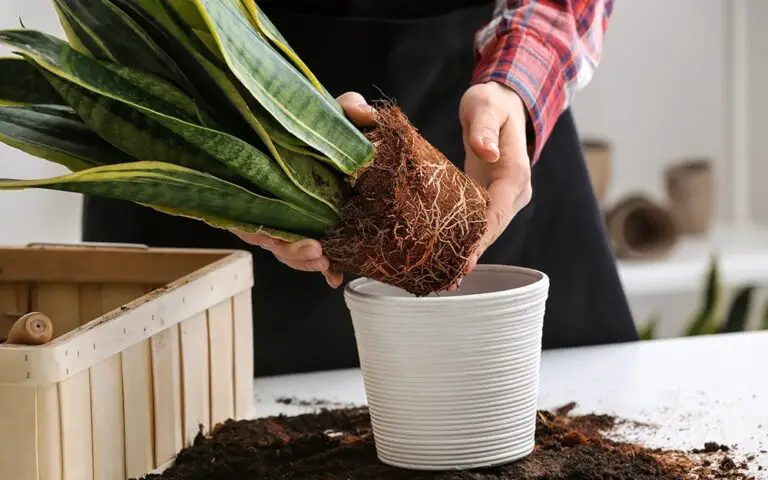Sansevieria Masoniana – Snake Plant Care

Also Known As
At A Glance
Features
Origin
This species is native to Africa. Originally found in the Democratic Republic of Congo by Maurice Mason, a renowned plant collector from England.
Size
Usual maximum height of the plant is 3-4 feet. In rare cases, it can grow 6 feet tall. Leaves are 4-7 inches wide. Flower stalks can rise up to 2 feet from the base.
Foliage
Bright green, broad, leathery and upright leaves grow 1-2 per shoot. They are smudged with pale green spots. Margins of the leaves are fibrous, wavy, reddish brown to purple in color.
Flower
Upright flower stalk rise from the leaf base, usually once a year. It forms clusters of greenish-white tubular shaped flowers.
Toxicity
Whale's fin plant can be poisonous when chewed or ingested. In general Sansevierias are mildly toxic for human and pets. Consumption in large doses can cause stomach irritation, nausea, vomiting etc.
Growth Season
This evergreen plant actively grows during spring-summer season. It can flower anytime of the year, but mostly in summer to winter.
Growing Conditions
Water
Water once every other week in summer season, and once a month during winters. Allow the soil to dry completely before watering again.
Light
It grows best and flowers in bright light. Can tolerate anything from full sun to low light. But protect from direct sun in hot summer afternoons. If grown outdoors, it prefers semi-shade to shade.
Soil
Light and fast-draining soil is best suitable for this plant. Recommended soil mix consists of 3 parts loam and 1 part of pumice.
Environment
Well suited for indoor room temperature (60-80°F). Winter frost can kill the leaves, but rhizomes can be saved by keeping them dry. New leaves will emerge from such rhizomes in warmer conditions.


